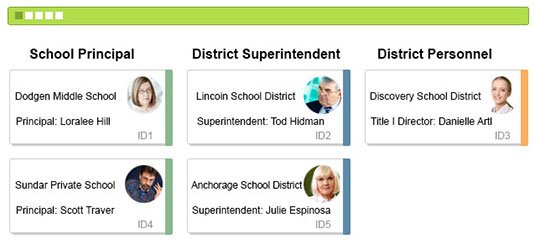Education email data- Quality over quantity

Most email marketing teams spend much of their available time building and optimizing creative. Most testing that takes place is on subject lines, calls to action, and other elements of the email creative.
If the sales and marketing teams have a little more time (and investment from their organization), they may invest in building triggered, contextual messaging programs that will drive deeper client relationships and more opens, clicks, and conversions per subscriber over time.
List quality: The marketers that drive the highest read rates (and reads per subscriber per month) frequently use the least-sophisticated marketing. They use little targeted segmentation and rely primarily on traditional “batch-and-blast” techniques.
How can this be? It turns out that the major factor determining read rate performance is quality of the education email list. If the marketer has a list comprised of highly active, primary accounts, their email marketing performance will inevitably be strong. Secondary or inactive accounts and bounces cause IP reputation to go down, which overtime will cause most of the emails to be filtered in to the spam folder.
Any list of public school principals or superintendents constantly changes. It is crucial to follow the changes remove inactive accounts and replace with the new ones. Elementary, middle and high school principals sometimes change their emails just because they get a lot of emails. The old accounts may be set as spam trap for the senders that do not update their education email lists.
Few reasons why educational email list change constantly is for example a principal might still be in position but they will change their email due to high number of emails that they receive. Website domains change, they move from one platform to another or just shorten the domain name which cause the email to change.
It is more important to send to small quality email lists than use large but outdated list.

